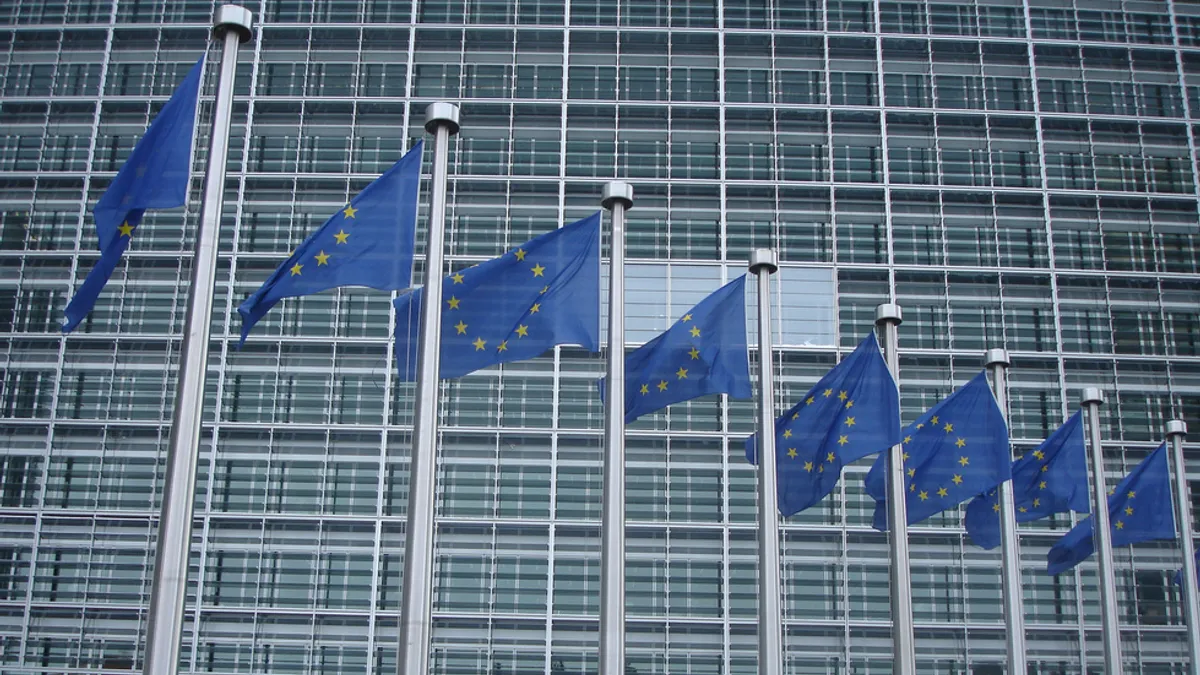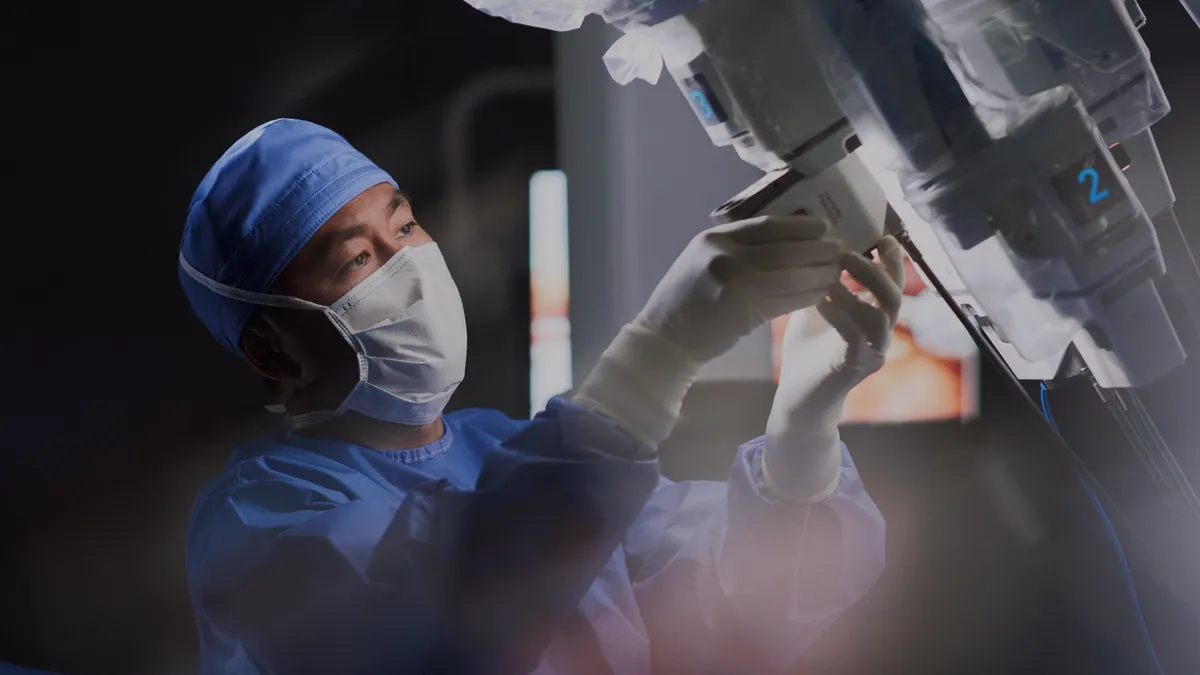With the EU’s new Medical Device Regulation set to take effect in May 2020 and the In Vitro Diagnostics Regulation two years later, manufacturers have their work cut out for them to comply. The hurdles are higher, the field of products requiring a CE mark much larger and there is no grandfathering in of legacy products.
Among the changes companies face are stiffer clinical requirements for high-risk devices, more rigorous postmarket oversight, adherence to common specifications and harmonized standards and use of unique device identification tools to aid in tracking products through the supply chain. The MDR also calls for creation of a European Database for Medical Devices, or EUDAMED, that can be accessed by regulators, notified bodies, scientists and the public.
“There’s going to be a lot more data that’s going to be required, and it’s going to be expensive to generate and compile and memorialize,” says Joe Gatewood, vice president of global strategy and analysis at AdvaMed.
But while companies scramble to make the transition, the pathway is rife with obstacles beyond their control. Chief among them is the capacity of the EU notified bodies to handle the upsurge in product reviews.
“We don’t yet have notified bodies that are certified to do reviews under the new system, and we suspect we may not even get those until spring or late spring of next year,” Gatewood tells MedTech Dive. “So assuming that holds true, and it looks like it will, that’s a lot of reviews that need to be done in a very short timeframe.”
Question of capacity
The issue of notified bodies — organizations designated by EU countries to assess a product’s conformity with regulatory requirements before it is placed in the market — is particularly troubling. Since 2012, the number of notified bodies for medical devices has dropped from about 87 to 59. Of those, only 22 are designated to assess IVDs under old regulations, but it’s not yet known how many will apply for status under the new regime.
Under the new regulations, thousands of products will require CE marks for the first time. The uptick for IVDs is particularly large with about 80% of products now requiring CE mark, compared with about 20% previously. That works out to about 35,200 new products needing notified body oversight.
However, in a recent member survey by Team-NB, a group representing European notified bodies, only 11 organizations reported plans to apply for IVDR designation. Assuming just those 11 notified bodies gained IVDR status, they would need to process 3,200 products each to handle to satisfy demand, Merlin Rietschel, senior manager of regulations and industrial policy at MedTech Europe, tells MedTech Dive.
U.K. withdrawal from the EU could worsen the outlook. European Commission data suggests as many as half of all devices certified in the EU use notified bodies designated in the U.K.
“If there is a hard Brexit or a Brexit without special arrangements for medical devices, all the U.K. notified bodies loose their notification and their certificates are invalid,” Erik Vollebregt, a partner with Axon Lawyers in the Netherlands, told MedTech Dive via email. He said companies need a contingency plan in case the worst happens.
Another issue is whether member state competent authorities are getting the additional resources and manpower needed to handle the increased workload created by the regulations.
“It’s not like it’s a whole untapped, well-trained group of regulatory people out here that can do this work,” Gatewood said. “There’s a finite number and they’re all being hired by notified bodies and the companies, so where do the competent authorities go to get additional expertise?"
“We are worried about that because they are the ones that have to certify what the notified bodies are doing,” he added. And companies can’t begin submitting product applications until after notified bodies have been designated and notified. It’s a complicated process.
Lack of implementing standards
There is also the issue of implementation. To date, just one of 18 implementing acts — the standards and specifications — that are required to make the new regulations work has been a list of codes and corresponding device types for specifying the scope of notified body designation.
Development is underway on six others, according to MedTech Europe spokesman Jerick Parrone. They cover common specifications on reprocessing and reuse of single-use devices, common specifications on aesthetic devices, designation and fees for IVD reference labs, designation of UDI issuing entities and standardization request/mandate.
“It’s a problem because how do you comply with a new standard when you don’t know what the standard is?” Gatewood said. “And how do you review under a new standard when you don’t know what the new standard is? Everybody has that same issue — notified bodies, companies and member states.”
Still, experts warn against wishful thinking that the transition deadlines will be amended or that products may be grandfathered in after all.
“This would require a formal reopening of the text of both regulations and would open up a can of worms of everybody revisiting compromise positions that led to the compromise texts that were put into law,” Vollebregt wrote. “The best they could hope for are national ad hoc and temporary exemptions for crucial devices of which supply is temporarily impossible.”
For industry, the issue is about avoiding any interruption in supply of medical products and patient care.
“I do think at some point there has to be an examination of some flexibility in the system, because if the reviews aren’t getting done because the standards aren’t there and the notified bodies aren’t certified and there’s just a huge backlog of additional products that are trying to get certified under the new system, that becomes an issue for the healthcare system generally,” Vollebregt said.
Ripples beyond the EU
Gatewood also worries about the impact on global device markets if products are delayed. A number of countries, particularly in Asia, use the CE mark as a proxy for regulatory approval within their borders. “If there’s a shortage of ability to get products CE marked, its an impairment to sell not just in Europe but also in some of the global market,” he said.
In the meantime, AdvaMed is urging companies to perform internal reviews and make sure they have a solid relationship with a reputable notified body that product reviews can start promptly when the time comes because there is likely to be major queuing to get products through. They may also want to prioritize products to ensure essential items remain in the market without interruption.
In the long run, the new regulations could lead some companies to rethink their EU strategy. “”If you’re looking at an expense and commitment of time and money to do these reviews, you have to look very carefully at your portfolios of what you’re offering in the European market,” Gatewood noted.


















